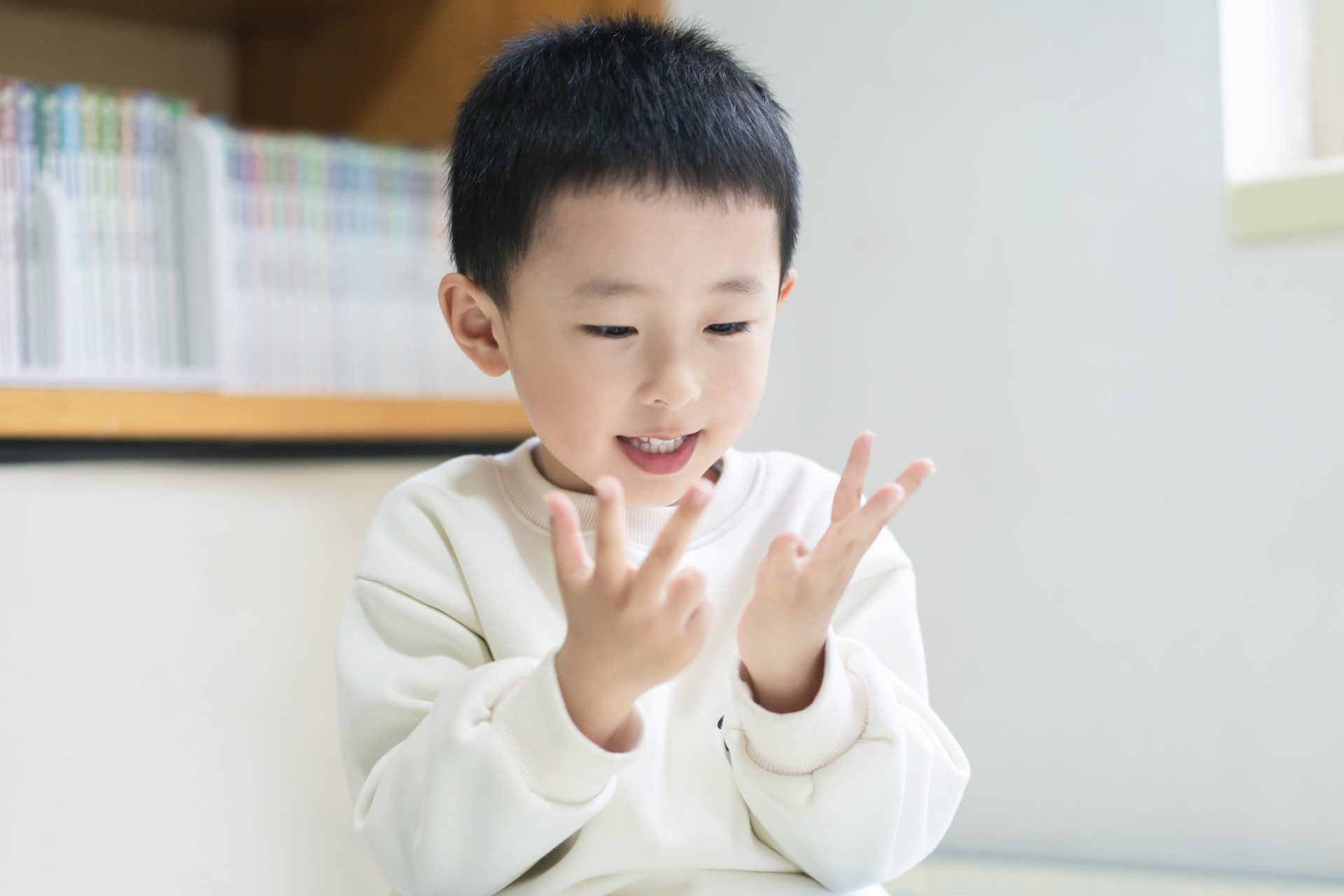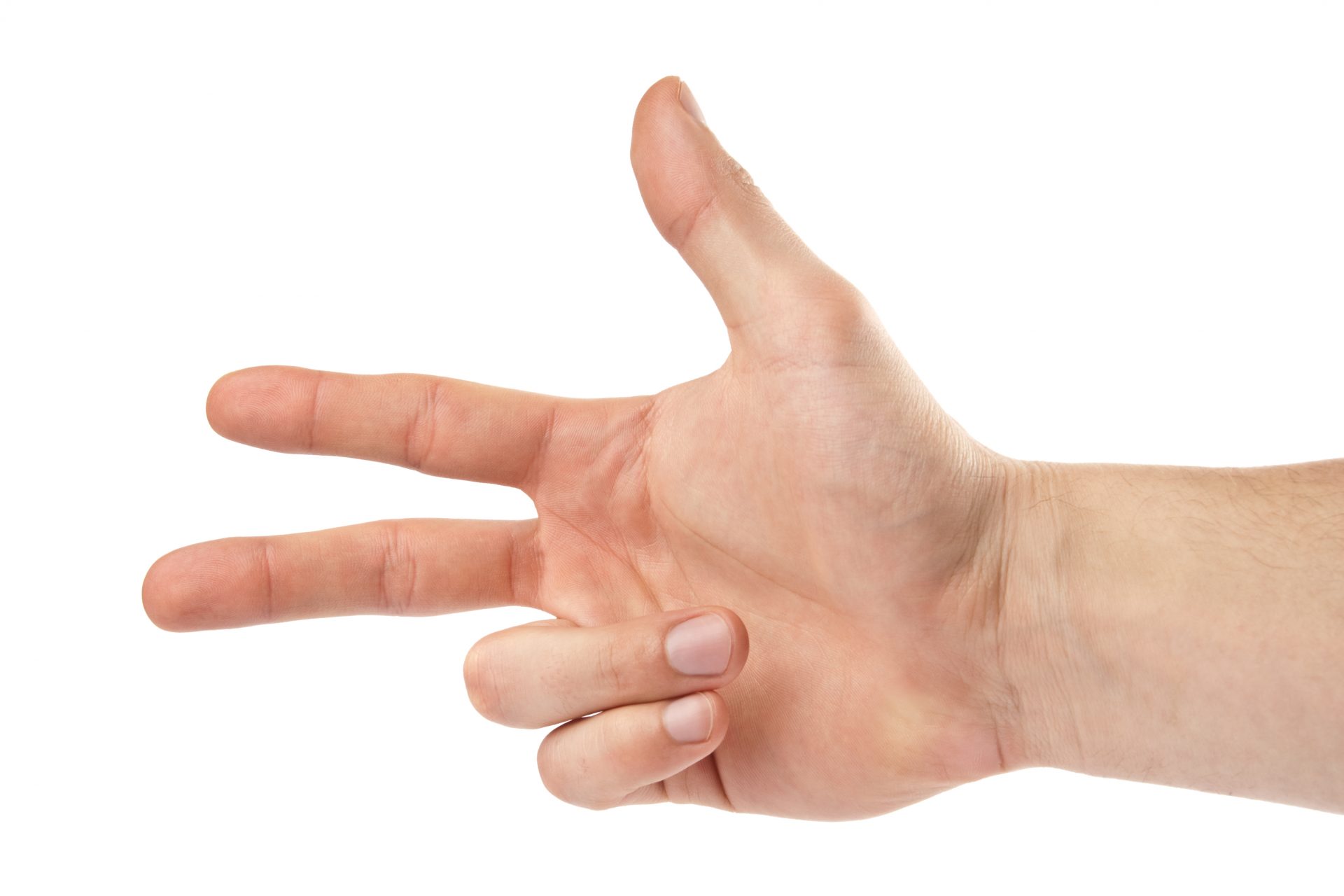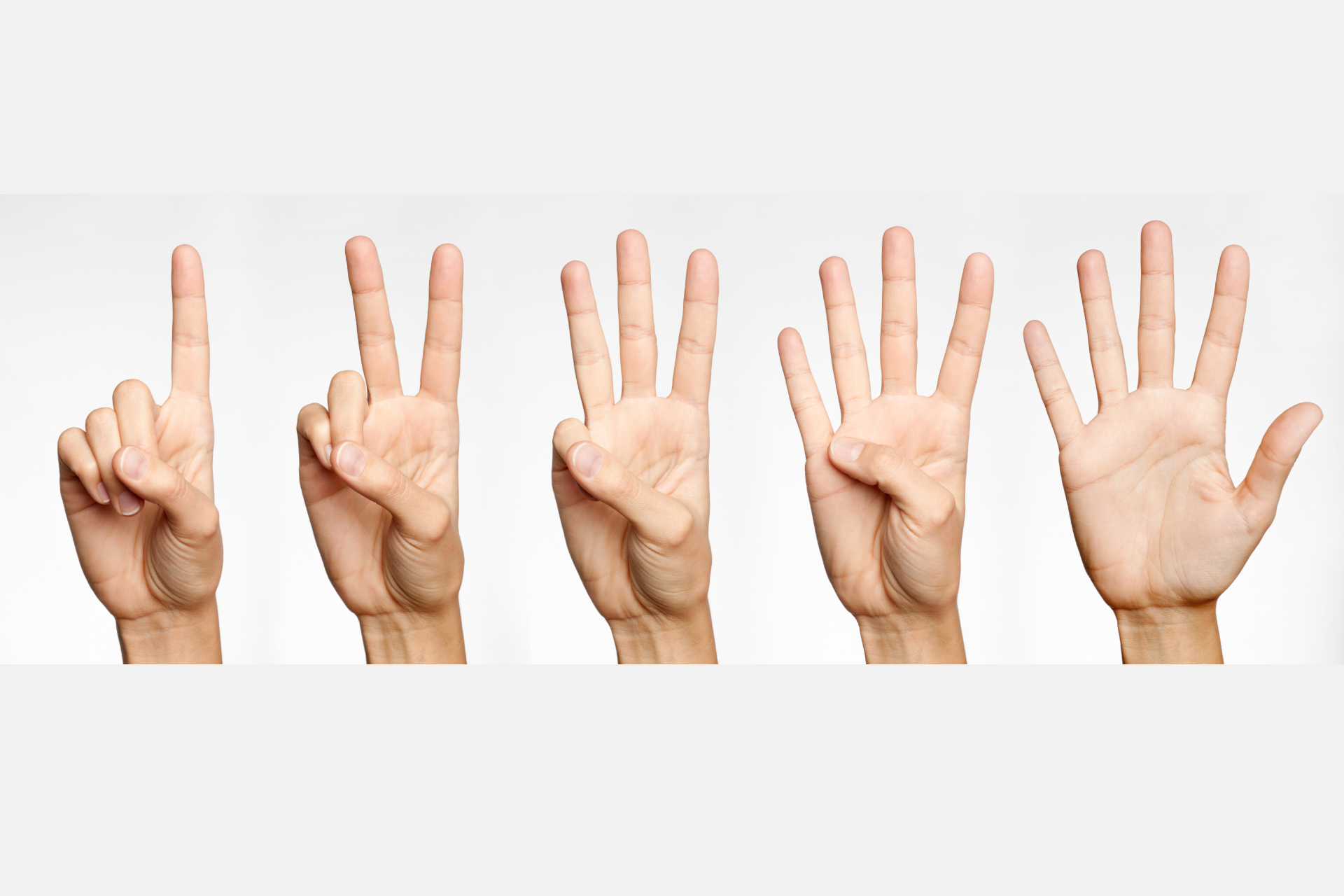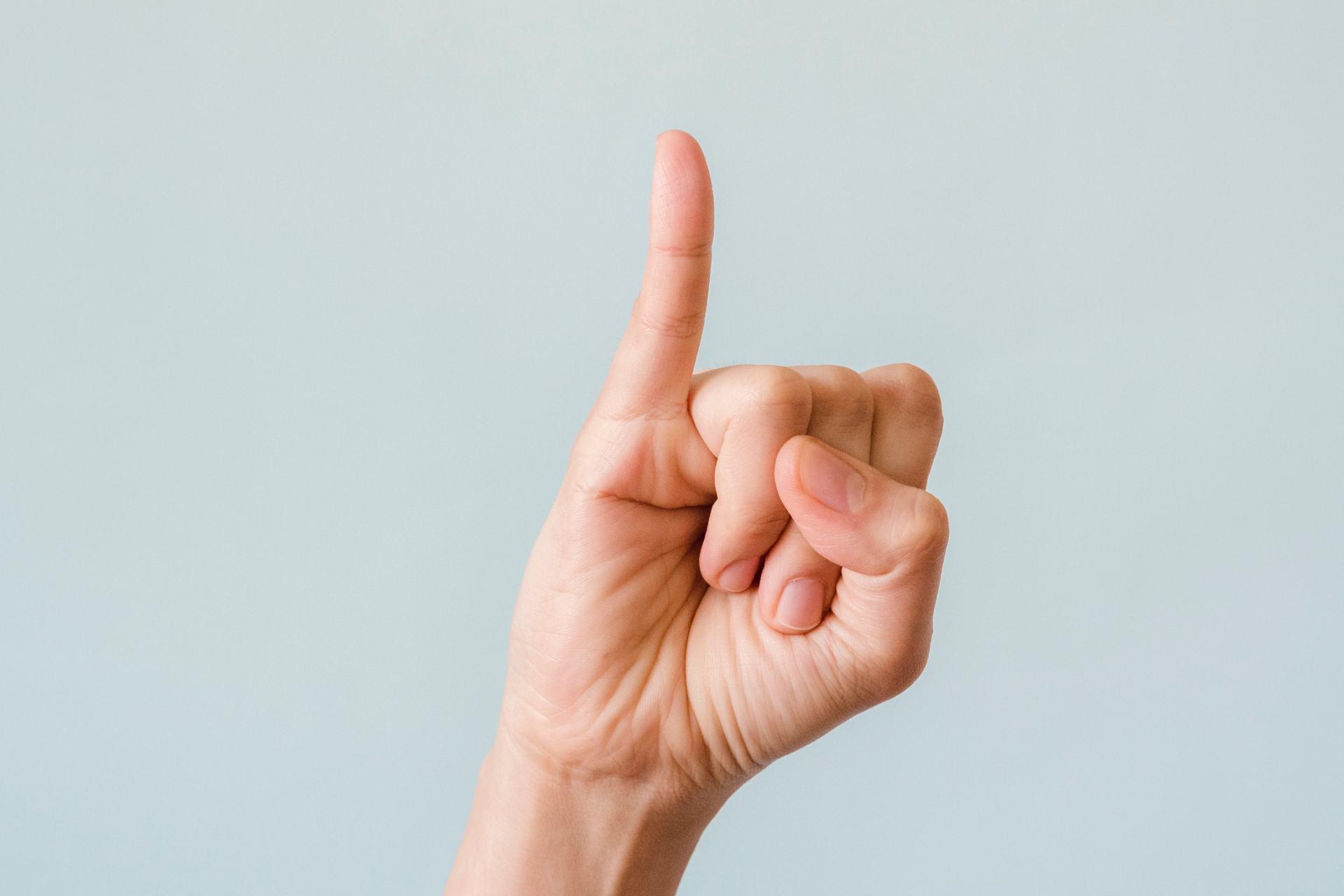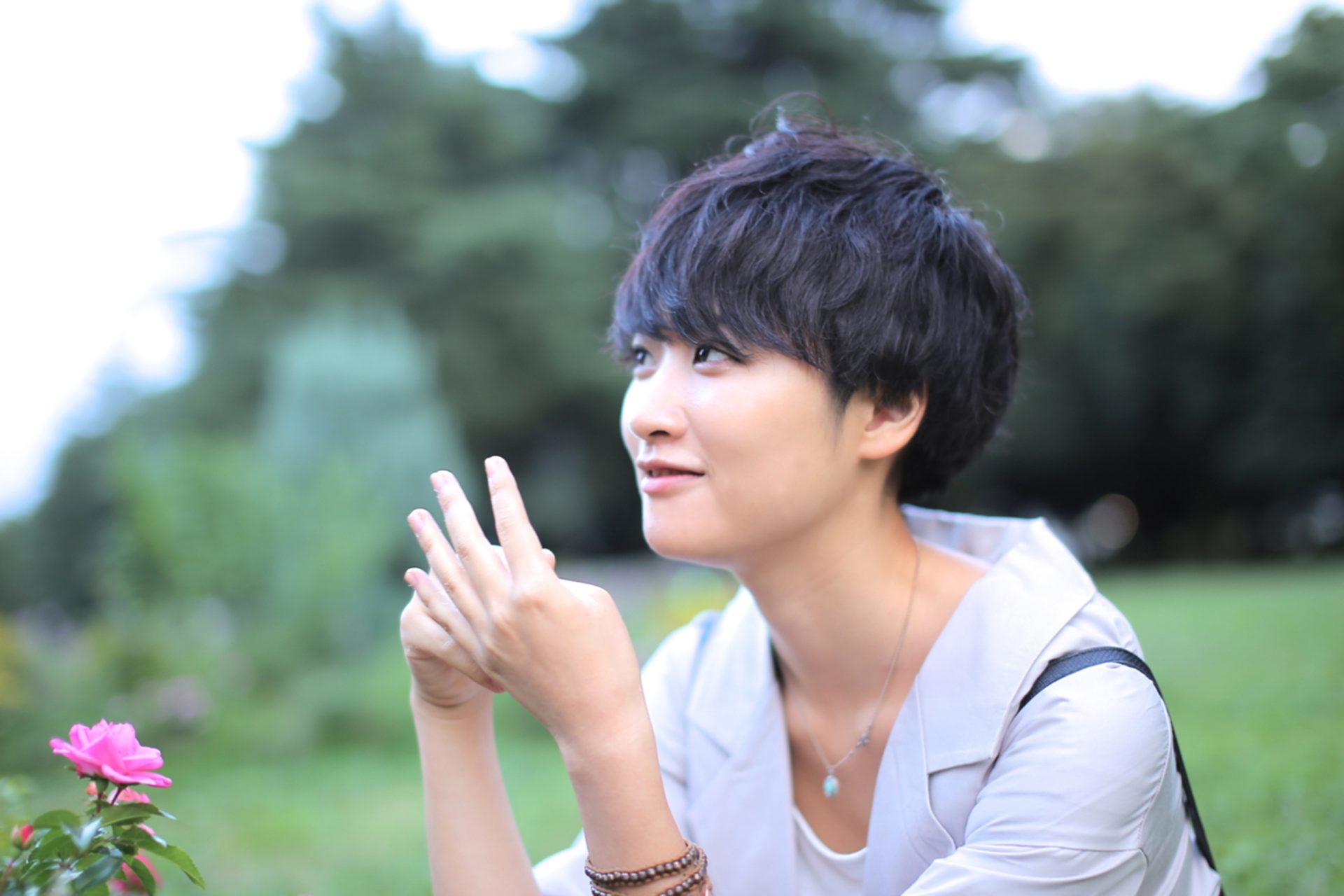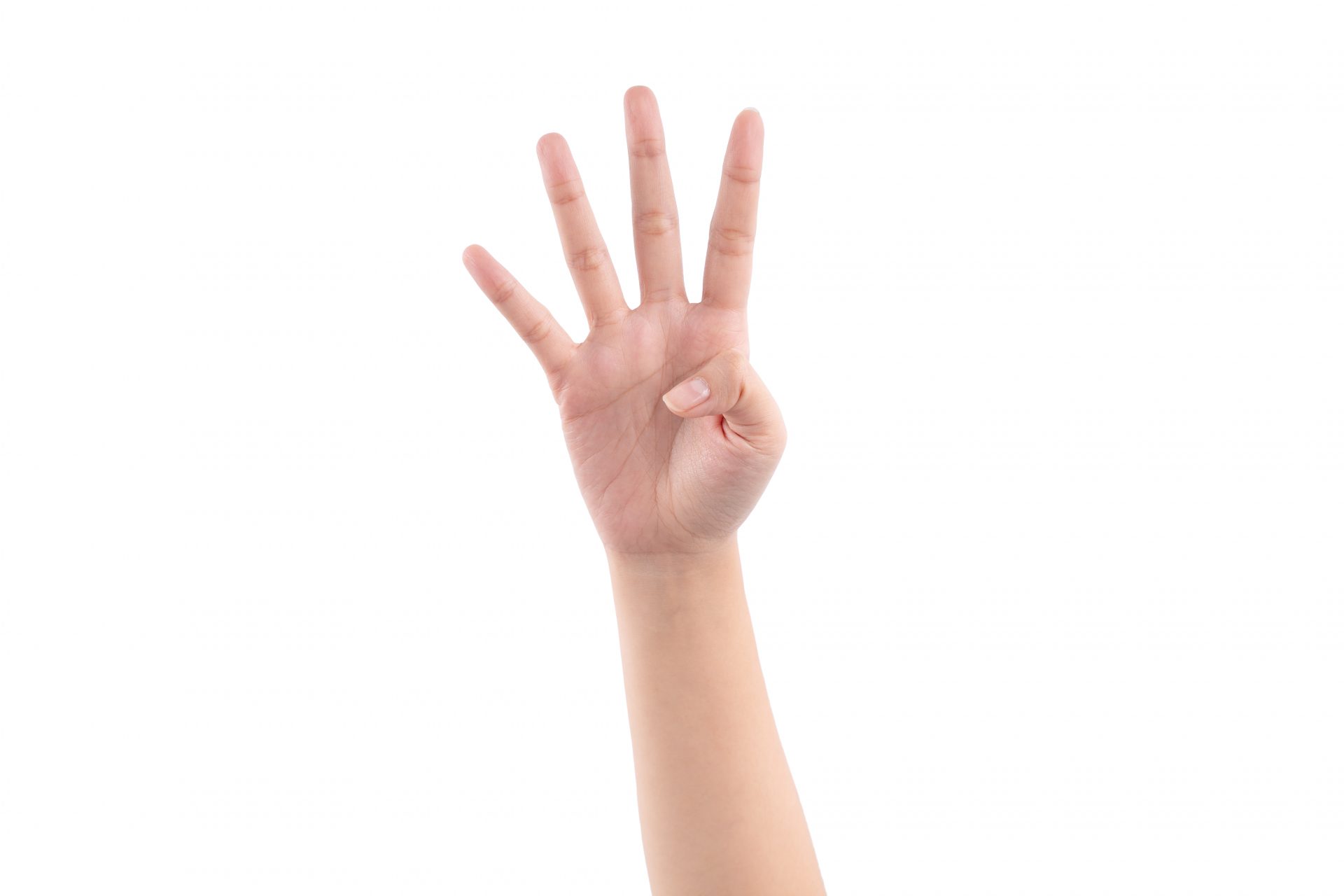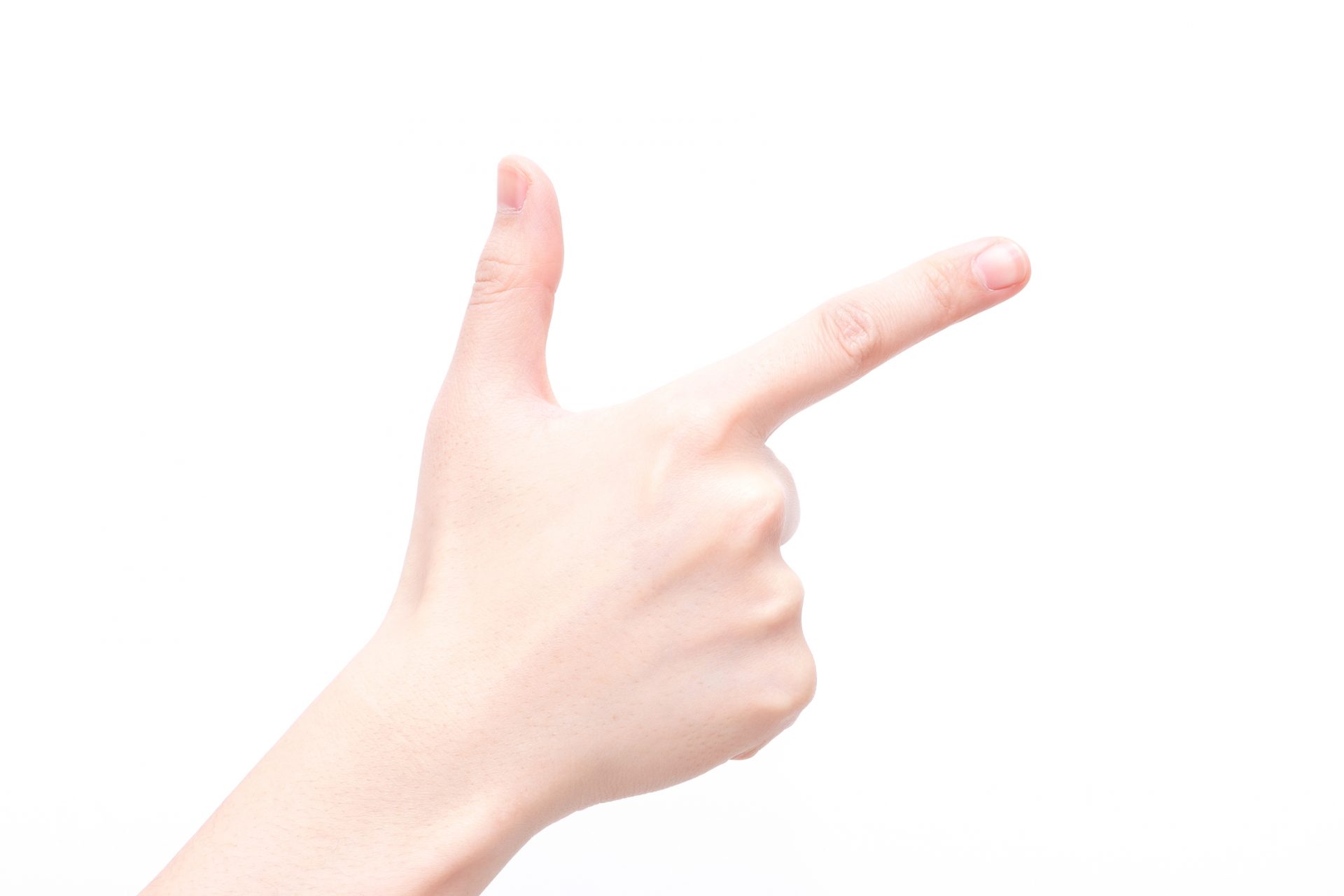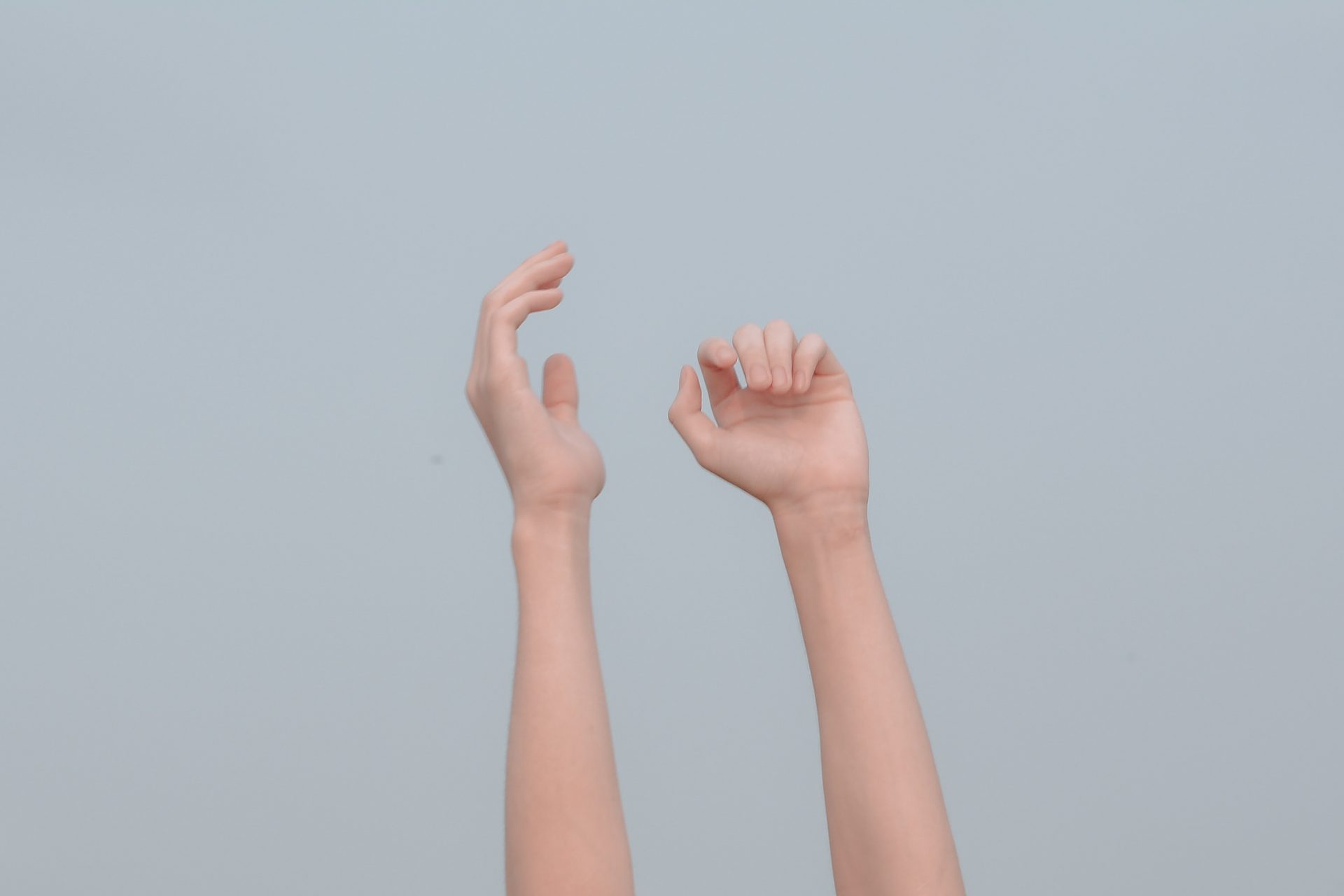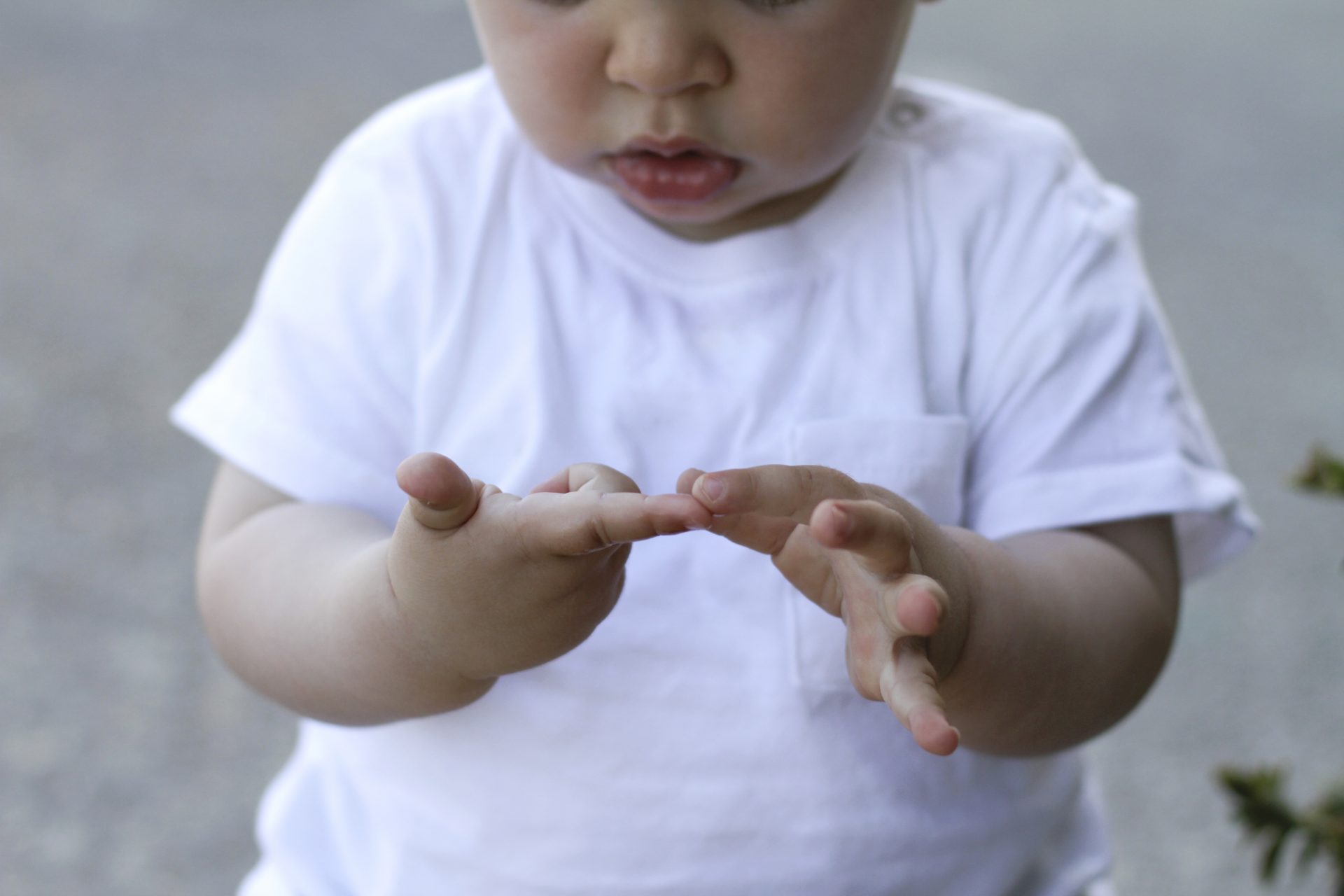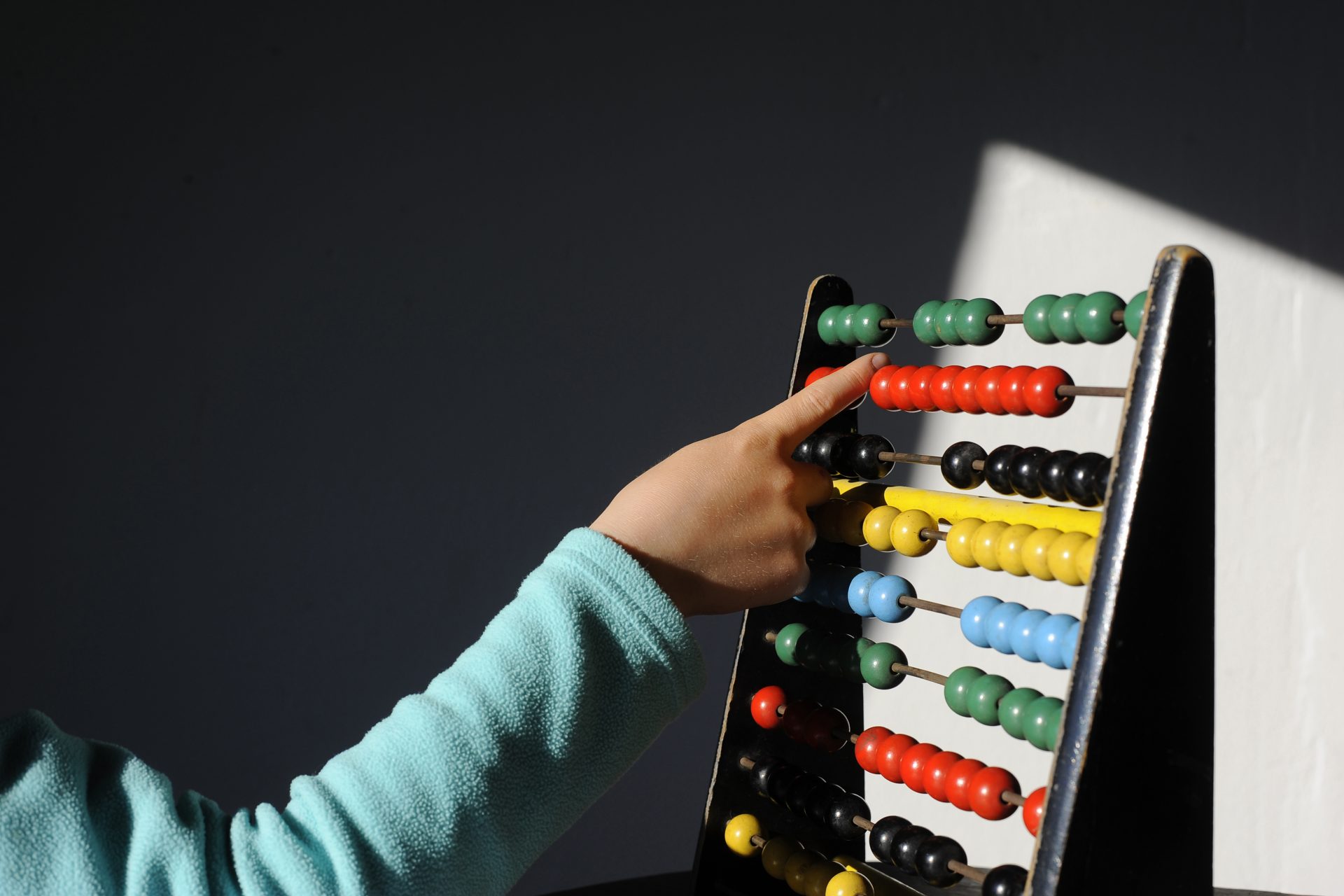The way you count with your fingers says a lot about you
As children, we generally learn to count using our fingers. This is called dactylonomy. But did you know that we don't all do it the same way, from one part of the world to another?
When you count on your fingers, what number can you reach? Do you count with your left hand or your right hand first? Do you start with your thumb or index finger?
Photo: Ekaterina Bolovtsova / Pexels
As we grow up, counting on our fingers becomes so natural, that we assume our method of counting is universal. However, there are many variations!
In France, the United Kingdom, and most European countries, it is common to start counting with the thumb and finish with the little finger, while opening the palm of your hand.
This method differs in the United States, where we count in this order: index, middle, ring, little, thumb.
According to the BBC, in some Middle Eastern countries such as Iran, people count on their fingers starting with the little finger. For the moment, nothing too complicated. But wait until you see the Chinese method!
Photo: Kevin Malik / Pexels
The Japanese start counting with the open palm, then close the fingers one by one, starting with the thumb until the closed fist, which equals 5.
The Indian method is rather astonishing. According to the BBC, Indians use the lines between the segments of their fingers to count. So each finger can represent up to 4 units.
It's time to hang in there! The Chinese method is based both on the quantity of fingers and their symbolism. To count from 1 to 5, nothing complicated, the Chinese use the same method as the Americans, unfolding their fingers successively and starting with the index finger.
Between 6 and 10, the Chinese always keep the same hand, and make different combinations.
6: thumb and little finger are raised
7: thumb touches index and middle fingers
8: thumb and index finger are raised (photo)
9: the index finger is raised and folded halfway
10: the index fingers of both hands cross, or the fist closes
Using this method, Chinese people can count to 20 using both hands.
Photo: Toan Nguyen / Unsplash
As you will have understood, the way you count on your fingers can easily indicate your nationality or at least the region of the world in which you grew up.
Photo: Alexander Gray / Unsplash
However, this cultural diversity has never been the subject of major studies. "What struck me was that most researchers treated it as if there was just one way of counting with your fingers," says Andrea Bender, professor of cognition, culture, and language at the University of Bergen (Norway).
"We know a little bit about how much diversity is possible, but we have no idea yet of how big the differences actually can be," says the Norwegian researcher.
Indeed, nationality is not the only data that our way of counting could indicate. According to cognitive science researchers, our gestures could modify the way we hear words. "What I think is extremely exciting is – what cognitive implications do these differences have? How do children who grow up with different representations for numbers learn counting?" asks Bender.
As the BBC reports, Professor Andrea Bender and her team have begun a "much larger investigation" to document in detail the different counting methods that exist around the world. A collection of data that could lead to more in-depth cognitive studies subsequently.
Follow Showbizz Daily to see the best photo galleries every day

